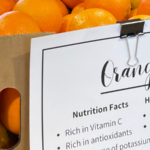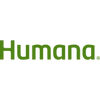
- BlogSubscribe Leave this field empty if you're human: https://youtube.com/watch?v=/2yHpMc2_A9I?feature=share Food...The heart is one of the most important organs in...Children who eat poorly are more likely to develop certain...Bad puns aside, when was the last time you thought...What determines our health? Dr. Bortz likes to explain it...
Need help?
We are here to serve you, contact us, we will get back to you as soon is possible. - About us
- Programs
Education
We believe nutrition education is vital to empowering families forwards in their health journey.
Food Box Distribution
We offer the same fresh and FREE healthy foods carefully packed in boxes for delivery to families.
Mobile Pop-up Market
Our Mobile Market offers participants a FREE “client choice” pick your fresh vegetables.
Produce Prescription Programs
Produce Prescription programs strategically combat diet-related illness with food intervention.
- Get involved
- Contact Us


































